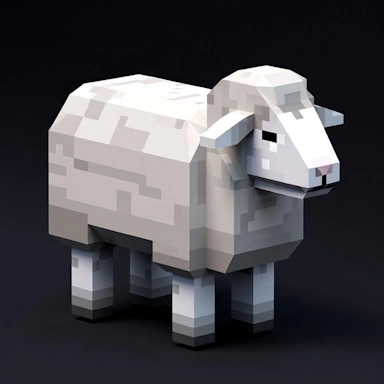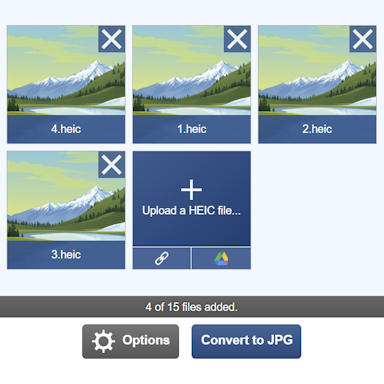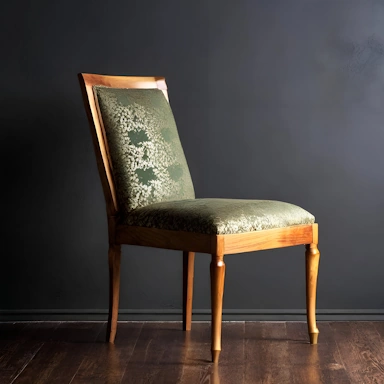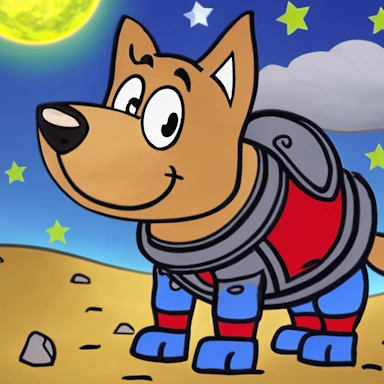A Comparison of GLB and FBX File Formats
Here we will look at both the FBX and GLB file formats and compare their features to try to work out what format is best to use for a specific situation. If you are not familiar with 3D modeling and the terminology behind it, we recommend this great article that explains 3D modeling concepts and the terminology that goes with it.
Structure
When looking at both file formats and comparing the features, there is not much to split these two formats. Both FBX and GLB support all the usual 3D elements: vertices, faces, materials, textures, and animations.
How each format stores these internally is obviously different, with the FBX format using proprietary binary and text formats and GLB using a more open format based on JSON, which is used to describe the element structure and binary to efficiently store the raw geometry data.
Supported Material
Both FBX and GLB files support model materials, whether they be plain color materials or textured materials; both types are supported. Both formats support textures, which can be either embedded within the file or linked to as external files. When linking textures to either an FBX or GLB file, it is important to include these when using any of our converters to ensure a full and accurate conversion.
Both formats support ambient, diffuse, and specular colors and textures in addition to bump maps.
The soldier model was saved as an GLB file with textures
An animated FBX file from mixamo.com
A textured 3D model of Earth
Editing
FBX and GLB enjoy widespread support amongst 3D modeling applications, with the GLB format edging ahead in recent years, mainly due to its open format and feature set.
File Size
When comparing file sizes, there is not much to split the two formats. Both store data in binary format, and both support internal compression techniques to reduce the size of the 3D geometry data. As the majority of the size of a fully textured FBX and GLB is given to the image files, the overall file size is very much dictated by the chosen image format.
Summary
When trying to choose between the two formats, the GLB format comes out on top. It is a modern and evolving 3D format that enjoys more support than the FBX format.







